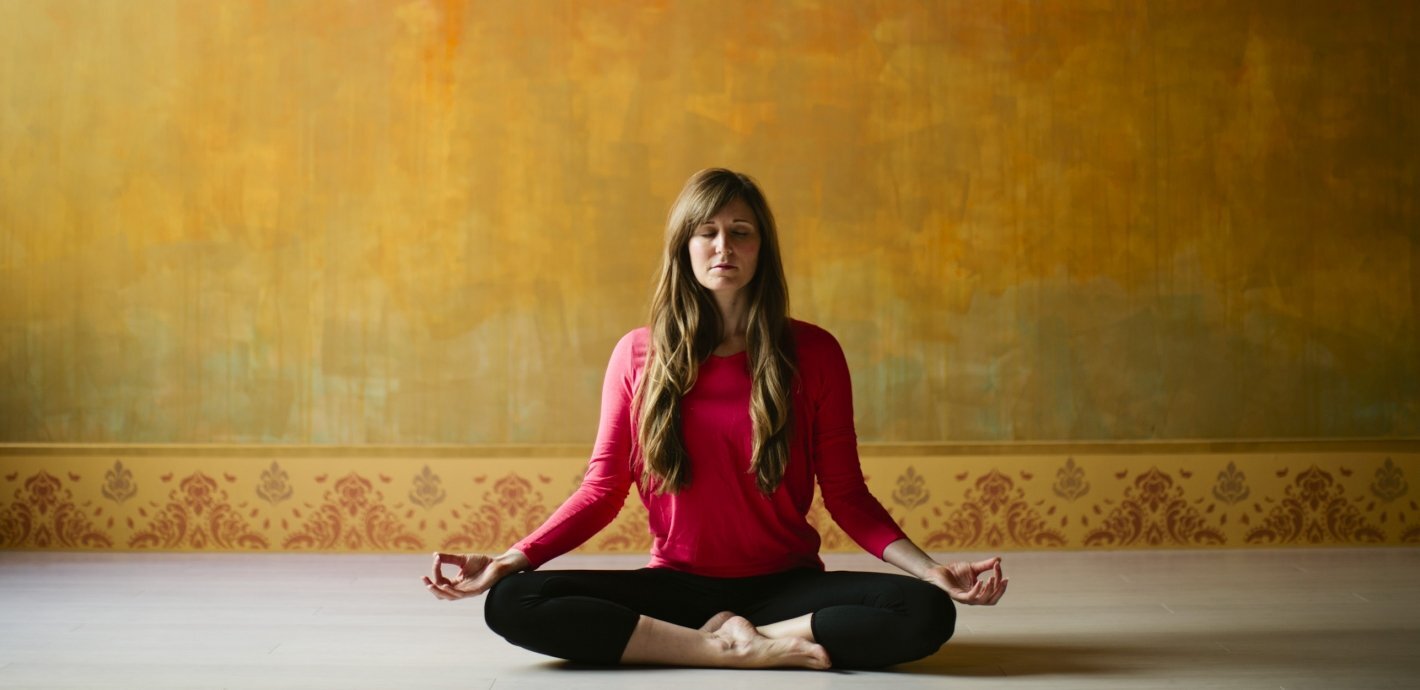
Articles
Magazine Articles
Yoga Journal
Home Practice — the first vinyasa column in YJ originated by Cyndi
Basics Column — wrote for one year
Master Class — wrote for one year
Yogapedia: 3 Ways to Modify Fish Pose for Joy & Contentment — wrote and modeled
Study with a Master — wrote and modeled (8 page spread)
Dharma Talk: How to Go with the Flow
Slow Flow: 9 Reasons to Go Slow in your Vinyasa Yoga Practice
Shambhala Sun
The Complete Package — cover story and cover photo
Body, Breath and Mind: Yoga Column from 2000-2003
Lion’s Roar (formerly called Shambhala Sun)
The Practice of Self-Caring — feature article
Heart and Mind column: Taking Refuge in Your Body
Heart and Mind column: Mindfulness of Sewing
Weekend Reader: Taking Refuge
Real Simple
Regular contributor for Breathe, Ahh column 2015-2019
Other publications
Yoga International
Tricycle
Lion’s Roar
Dance Magazine
BalletTanz
Cooking Light
Spa Finder
Seventeen
Natural Health, and
Mindful
Mason-Dixon Knitting
Elephant Journal
Here is a small sample of some recent articles by Cyndi
[Yoga Journal]
Cyndi Lee’s Commentary on Allen Ginsberg’s Sunflower Sutra
This poem reminds us we’re all sunflowers but we get confused sometimes. I look at the mirror, I see gray hair and wrinkles, I can feel the effort of my life. That’s my history, but it’s not my identity. We have dings and dents and dirt, yet underneath all of it is fundamental goodness.
This understanding is a basic Buddhist teaching. We have layers of confusion and illusion and grasping. Sometimes those clouds part and we feel that goodness inside us; a place of integration and settling and wholeness and presence. I think that’s what Ginsberg is pointing out to us.
[Yoga International]
An Interview with Cyndi Lee
By Kathleen Kraft
What style, tradition, and/or lineage are you a part of (if any)?
I teach OM Yoga, which is a three-part braid of vinyasa, precise alignment, and the Buddhist methods of mindfulness and compassion. This method arose organically over a period of years, as a result of my own passions: movement, precision, and Buddhadharma. My way of creating class structures and sequences is influenced by my training as a dancer. I was fortunate to study at the feet of some of the most important modern ballet choreographers of the last century, Antony Tudor and Eugene Loring. Sharon Gannon, Rodney Yee, and B.K.S. Iyengar also impacted my understanding of yoga….
[Yoga International]
Dance of the Gunas
I had just landed in Japan after a grueling 15-hour flight that crossed the international dateline. My whole body was exhausted, sleep-deprived, and heavy. I felt as if Elmer’s glue had seeped into my hip joints and, even worse, into my digestive tract. My face was dry and my hair clung desperately to my head. I couldn’t even imagine trying to do yoga, and yet mentally I was hyper-alert. I was both tired and wired. This strange combination of bright mind and dull body is not unusual for me following one of these marathon flights, so I wasn’t too worried. I knew all these feelings would change in a couple of days when I got through my jet lag.
[ Yoga International ]
Yoga Practice: Balancing Effort with Ease
"When we move in only one direction, we get out of balance. Our strengths get stronger, but our weaknesses get weaker."
This article and practice help you find a middle path and re-balance the physical with the mental, and the effort with the ease.
[ Yoga Journal ]
Comparing the Approach to Exercise Training Vs. Yoga Practice
Question: "I do a variety of exercise, including yoga and weight training. I’ve heard that you are not supposed to train the same part of your body every day because you are supposed to let the muscles rest. Does that mean I can’t do the same yoga sequence daily?"
Cyndi Lee’s reply: "There are several distinctions between weight training, walking, and yoga. In weight training and walking, you focus on a specific area of the body. Strength-training technique teaches us to work to what is called “failure,” which means you do a certain number of sets with a specific number of repetitions until you can’t go any longer. This method for building strength creates big muscles because it develops muscle mass away from the bone. In yoga, the muscles are drawn onto the bones evenly, front, back, and side, in order to support the skeleton."
[ Yoga Journal ]
Counterposes for Backbends
Question: "What counterposes do you recommend for Urdhva Dhanurasana? Should I do a counterpose after all backbends even if I’m working on a sequence of backbends to prepare for a pose like Dhanurasana (Upward Bow Pose)?"
Cyndi Lee’s reply: "It is a good idea to structure your practice by sequencing backbends together and building up to a big one like Dhanurasana (Upward Bow Pose). I do not recommend a counterpose after every backbend or backbend preparation. It can be stressful for the back muscles to continuously move back and forth to such extremes."
[ Sonima ]
A Simple Practice to Help You Meditate Anywhere
"My first true meditation guide was Cyndi Lee, the prolific author of several yoga books and the owner of Yoga Goodness in Lynchburg, Virginia. When I began meditation at her former Manhattan studio, Om Yoga Center, I learned to sit for 30 minutes at a time in an immaculate, quiet space." This articles dives deep into practices that will allow you to learn to find quiet and overcome distractions even in busy settings such as the mall, airport, or city streets.
[ Real Simple ]
How to Have a Home Yoga Practice That Sticks
"When it comes to yoga teachers, Cyndi Lee is the top of the top—the world-renowned founder of Om Yoga, she is also the author of five books (with a sixth in the works) and, through her teacher-trainings, is a force behind many of the greatest instructors on the planet. She is also about as real as they come. Real Simple deputy editor Danielle Claro asked Cyndi about that ever-elusive entity: the steady home practice."








